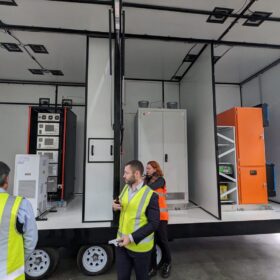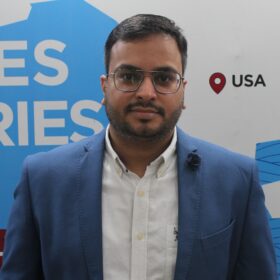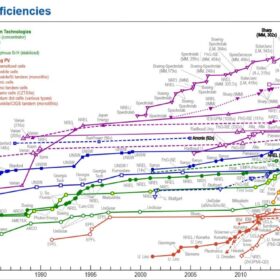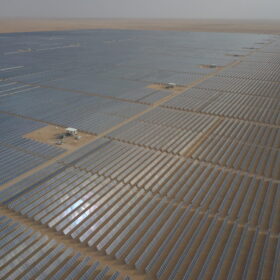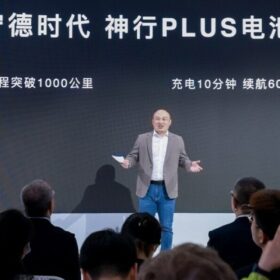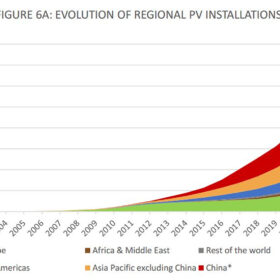Solar-hydrogen solution rolled out for off-grid settings
A new mobile power generator that combines solar and renewable hydrogen to provide zero-emissions power for remote and off-grid applications has been unveiled by Australian startup H2PowerBox.
Optimizing solar investments
In India’s quest for a sustainable energy future, solar asset management emerges as a key to optimizing investments, ensuring reliability and maximizing productivity.
Algorithms to detect underperforming rooftop PV panels
Australian researchers have developed multi-stage algorithms to remotely detect and accurately diagnose underperforming solar panels in residential and commercial PV systems.
NREL interactive chart of solar cell efficiency now including ‘hybrid tandems’
The new cell category includes perovskite/silicon, perovskite/CIGS, III-V/silicon and perovskite/organic tandem PV devices. It will list the absolute record efficiency for all-perovskite, two-terminal tandems regardless of the number of junctions.
New water circulation tech promises lower PERC solar cell manufacturing costs
A German team developed models to illustrate water-saving potential in PERC silicon solar cell manufacturing based on a circular approach and commercially available technology. In the case of a 5 GW fab, water savings of up to 79% and wastewater discharge reductions up to 84% could be achieved, a “significant” improvement compared to a reference scenario.
Scientist hails commercial feasibility of Saudi Arabian hydrogen city plan
Alberto Boretti was a senior research professor at Prince Mohammad Bin Fahd University in 2021 when he first started discussing the idea of a hydrogen city in Al Khobar, Saudi Arabia. The New Zealand-based independent tells pv magazine that it is now commercially feasible, as the city’s 200 MW of energy demand would necessitate 1 GW to 1.3 GW of solar and wind capacity, 509 MW to 997 MW of electrolysis capacity, and 145,000 MWh of hydrogen storage capacity.
CATL presents EV battery with 1,000 km range
Contemporary Amperex Technology Co. (CATL) has shown its latest lithium iron phosphate (LFP) battery at an auto show in Beijing. The Chinese company says it has an energy density of 205 Wh per kg, almost 8% higher than the current state of the art for such batteries.
Norwegian startup unveils CO2 water-to-water heat pump
Tequs said its new plug-and-play heat pump can deliver up to 90 C of heat for space heating, air conditioning, and domestic hot water. The new product is available in eight versions with capacity ranging from 17 kW to 268 kW.
Sodium-ion battery could charge in several seconds
Researchers at the Korea Advanced Institute of Science and Technology (KAIST) have identified a high-energy, high-power hybrid sodium-ion battery capable of charging in just a few seconds. The system integrates anode materials typically used in batteries with cathodes suitable for supercapacitors.
At least 29 countries installed more than 1 GW of PV in 2023
IEA PVPS has published its new “Snapshot of Global PV Markets 2024” report, highlighting key insights and trends. Despite record installations, concerns over profitability and manufacturing dynamics persist, underscoring the need for strategic interventions and policy support to navigate towards a resilient and sustainable PV ecosystem.
